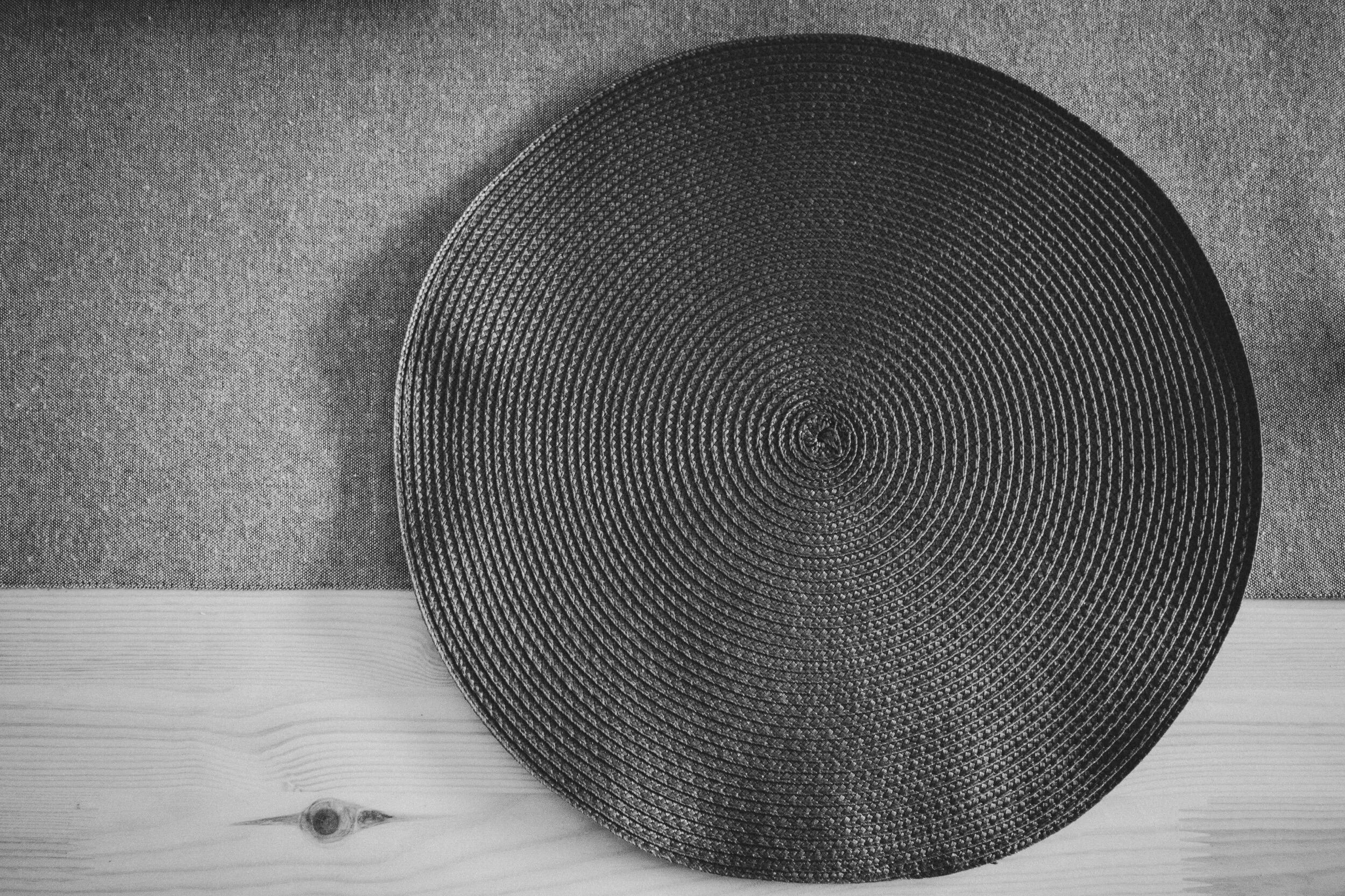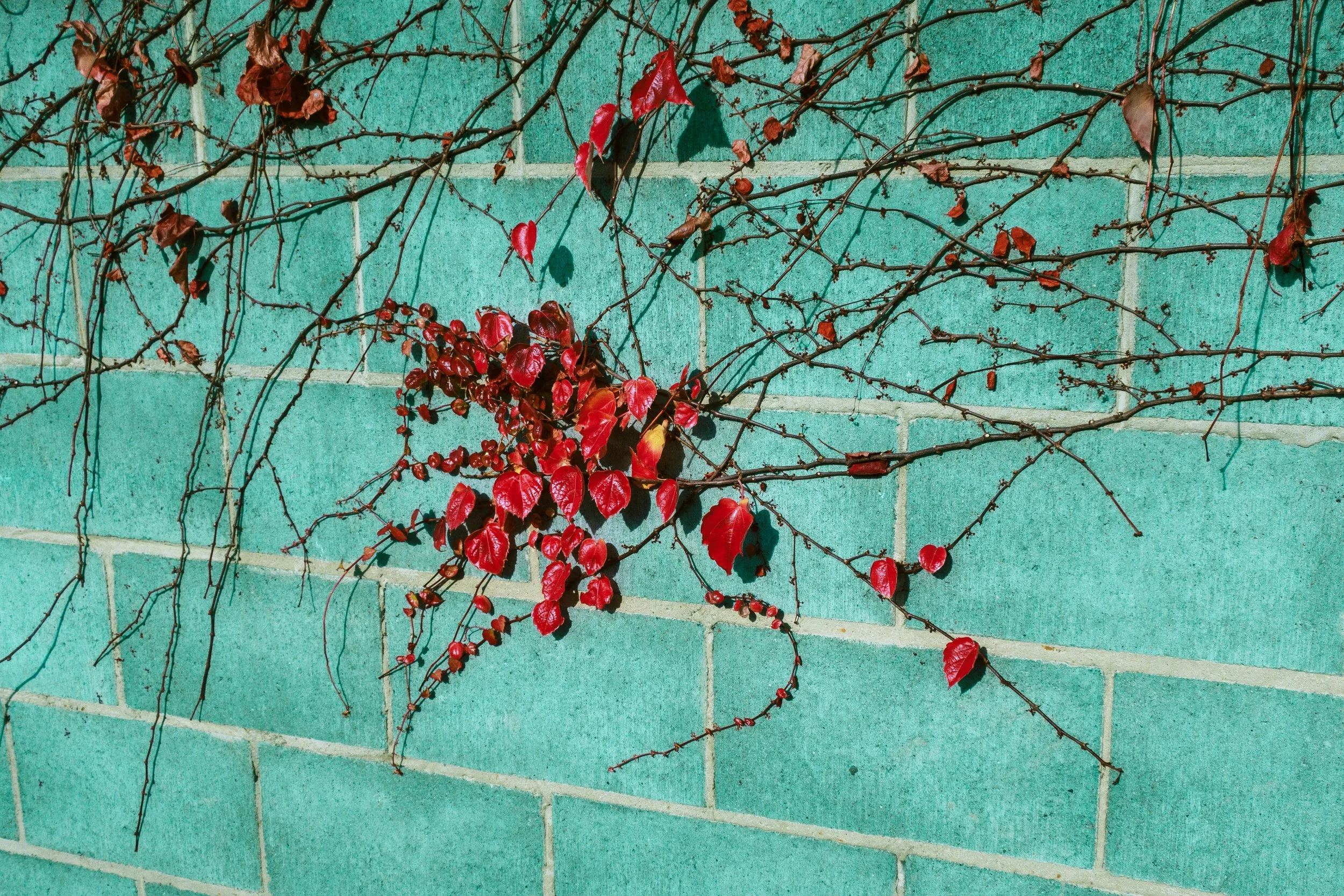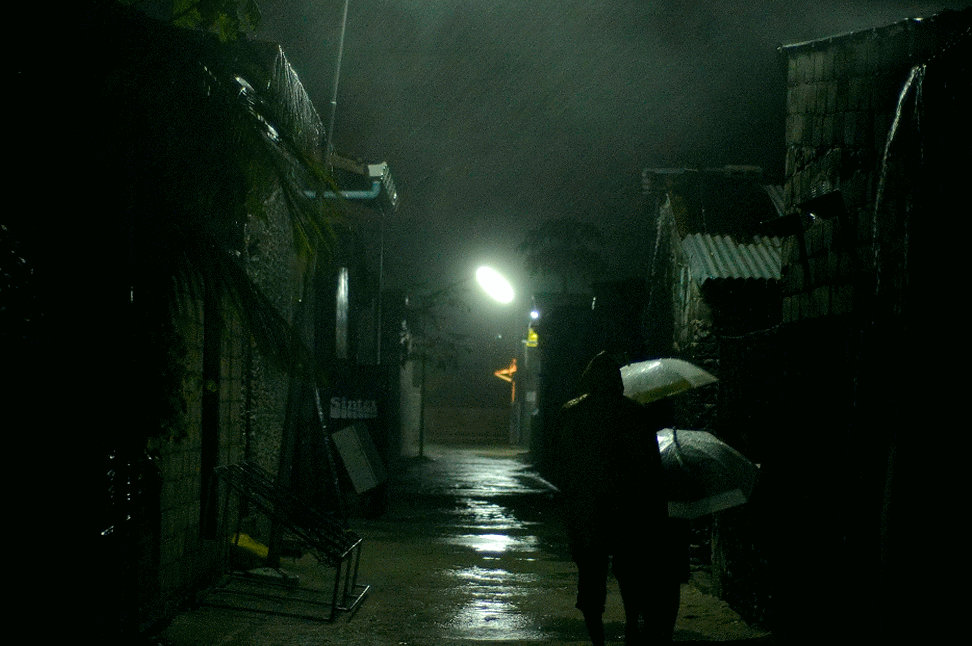Recommended reading:

Burakashi’s #StayAtHome Photo Class - Lesson 01: Monochrome Patterns and Textures

Canon G9X Mark II Review - Visions of the future
A practical, usage focused review of the Canon G9X Mark II

My archive of concert photos from Male' City from 2007 to 2009

Doorways to the Sea
Chapter 02 of my work in progress book "Sinking Streets".
Our lives are framed by doorways. These portals that open onto the street. In Male’ City, there is no such thing as a front yard. There are more cemeteries than parks – a good thing as a lot of the trees that have not been felled exist within their walls. A lot can happen in these doorways. Lovers flirt, children play, the old watch a rapidly changing world pass them by. If you are lucky the doorway will open to a path instead of straight inside your home.

11 images from my photographic portfolio as interpreted by Google's Deep Dream #dreamdeeply #deepdream

Faith in the Cloud Pt. 1 - A harvest of lost fragments

From the Archives - Streets of Male'

Anemones - A study in Monochrome
For the Sake of Progress

From the Archives - The Depths
Photograph added to Conceptual

